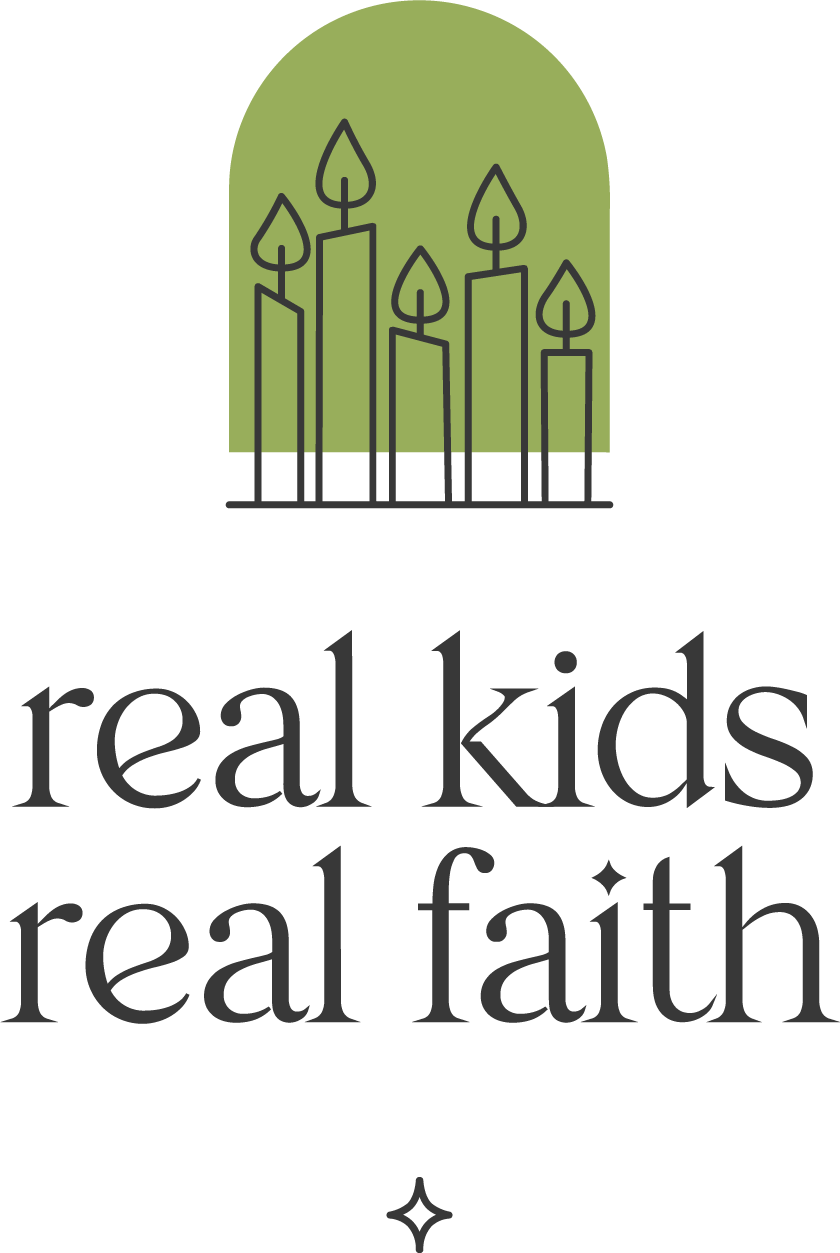Lessons about slavery in the United States typically begin with life on a plantation in the American South. This White-centric perspective further dehumanizes Africans by ignoring their homelands, traditions, families, and friends. Kwame Alexander, in The Door of No Return, takes a different approach. He depicts the life of Kofi, a young Ghanaian boy, before he is captured and sold into slavery.
The first book in a trilogy, this epic story offers an Afrocentric lens for children ages 10+ to explore empathy, resilience, symbols, and hope, as well as the tragic history of slavery. Choose one or more of these options to help children engage more deeply.
Feeling kinship through food. Kofi strongly dislikes yams, which his family eats for long stretches of time during the year. However, on the slave ship, he craves yams because they represent the comfort of family and home. Guide children through a brief visualization by inviting them to close their eyes and imagine eating a common family dish. Ask: How do you feel as you eat this dish? If you could no longer have this dish, how would you feel? How do you think Kofi felt when he had to eat yams at home? How do you think he felt when he could no longer eat yams on the slave ship?
Experiencing the ‘Door of No Return’. The book title references the slave castles in Ghana where Africans were forced through narrow doors onto cargo ships that crossed the ocean to Europe and the Americas. Watch Stepping through Ghana’s ‘Door of No Return’ | CNN with children (or do an online search for more information). Ask: How would you feel passing through the Door of No Return? What would you be thinking as you stepped onto a ship that would take you far from home?
Managing trauma. Kofi’s brother is brutally murdered by members of a rival tribe following a tragic accident that occurred during an intertribal competition. Ask: How did your body feel during this part of the story? What value is there in reading things like this? What other parts of the book did you find troubling or scary? How did you manage your emotions during these difficult sections?
Exploring symbols. At the back of the book, the author defines several cultural and religious symbols that are part of Kofi’s story. Invite children to identify some symbols that are important to them and why. Then wonder together about other spiritual concepts that aren’t on their shared list. Encourage children to create additional symbols (drawings or objects) that might represent those values.
Imagining what happens next. The book’s ending is a cliffhanger, with Kofi on the verge of escape from the slave ship. Brainstorm with children different possibilities for Kofi’s life from that point. Organize their ideas into three categories: hopeful, somewhat hopeful, not very hopeful. Ask: How hopeful are you that Kofi will have a good life? How hopeful do you think Kofi feels? What do you think people need to feel hopeful?

Comments